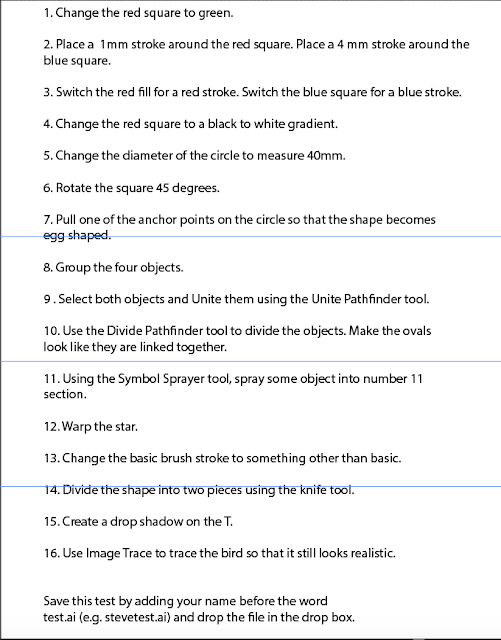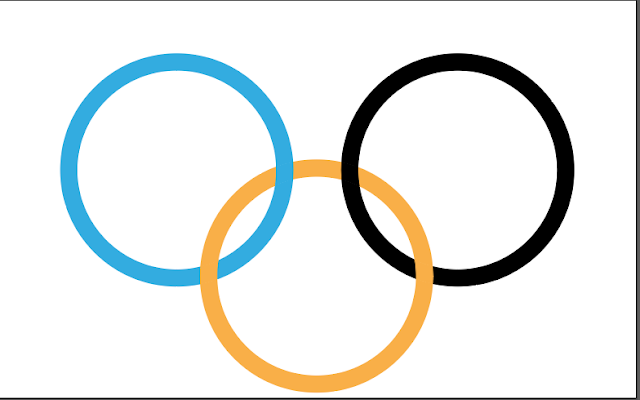The Formal Elements are the parts used to make a piece of artwork.
The art elements are line, shape, form, tone, texture, pattern, colour and space.
They are often used together, and how they are organised in a piece of art determines what the finished piece will look like.
Line
Line is the path left by a moving point. For example, a pencil or a brush dipped in paint.
A line can take many forms. It can be horizontal, diagonal or curved. It can also change over its length, starting off curved and ending up horizontal, for example.
Line can be used to show many different qualities, such as:
- contours – showing the shape and form of something
- feelings or expressions – a short, hard line gives a different feeling to a more flowing one
- movements
Shape
A shape is an area enclosed by a line. It could be just an outline or it could be shaded in.
Shapes can be either geometric, like a circle, square or triangle, or irregular.
When drawing shapes, you must consider the size and position as well as the shape of the area around it. The shapes created in the spaces between shapes are referred to as negative space.
Form
Form is a three dimensional shape, such as a cube, sphere or cone.
Sculpture and 3D design are about creating forms.
In 2D artworks, tone and perspective can be used to create an illusion of form.
Tone
This refers to the lightness or darkness of something. This could be a shade or how dark or light a colour appears.
Tones are created by the way light falls on a 3D object. The parts of the object on which the light is strongest are called highlights and the darker areas are called shadows. There will a range of tones in between the highlights and shadows.
Texture
This is to do with the surface quality of something, the way something feels or looks like it feels. There are two types of texture: actual texture and visual texture.
Actual texture really exists, so you can feel it or touch it. You can create actual texture in an artwork by changing the surface, such as sticking different fabrics onto a canvas. Combining different material techniques can create interesting textures.
Visual texture is created using marks to represent actual texture. It gives the illusion of a texture or surface but if you touched it, it would be smooth. You can create visual texture by using different lines, shapes, colours or tones. Think about how different marks can be used to show texture.
Pattern
A design that is created by repeating lines, shapes, tones or colours. The design used to create a pattern is often referred to as amotif. Motifs can be simple shapes or complex arrangements.
Patterns can be man-made, like a design on fabric, or natural, such as the markings on animal fur.
Colour
Red, yellow and blue are primary colours, which means they can’t be mixed using any other colours. In theory, all other colours can be mixed from these three colours.
Two primary colours mixed together make a secondary colour.
| Primary | Secondary |
|---|
| red + yellow | = orange |
| red + blue | = purple |
| blue + yellow | = green |
Tertiary colours are created by mixing a primary colour and the secondary colour next to it on the colour wheel.



















